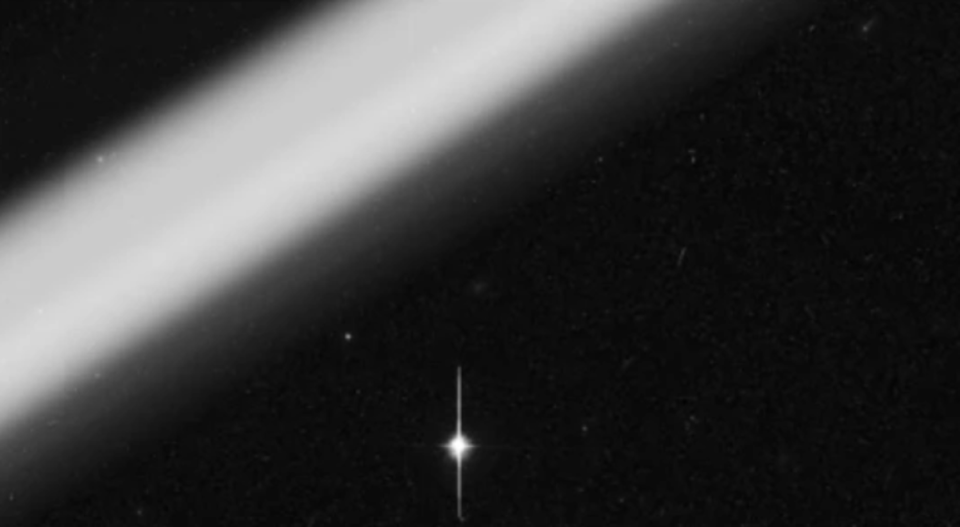Huge number of satellites in the sky could cause major problems for our understanding of space, scientists warn

The vast number of satellites in the sky is causing new problems for scientists, they have warned.
Researchers have repeatedly warned that new satellite constellations being launched – such as SpaceX’s Starling – is filling up the sky with lights that are getting in the way of ground-based observations from space. Many astronomers have expressed alarm about what could happen to research given the rapidly growing number of objects above us.
They can get in the way of observations to the degree that they make them unusable by scientists, wasting money that is spent on watching the sky as well as requiring work on new ways to see the sky.
In a new paper, however, scientists have found that those satellites are even causing problems for observations from space.
Scientists warn what they say is the first evidence of artificial satellites contaminating observations made from orbit, using images from the Hubble Space Telescope.
By looking at images over a period between 2002 and 2021, they found that 2.7 per cent of the exposures, with a typical exposure time of 11 minutes, are being crossed by satellites and leaving trails across the images.
What’s more, the proportion of images that are being crossed by satellites is increasing with time.
“With the growing number of artificial satellites currently planned, the fraction of Hubble Space Telescope images crossed by satellites will increase in the next decade and will need further close study and monitoring,” the authors of the new paper write.
What’s more, though the researchers concentrated on the Hubble Space Telescope, the problem could be affecting other similar equipment that is in low-Earth orbit, such as the CHEOPS or NEOWISE telescopes.
Upcoming telescopes with a large view of the sky could have particular problems, they note. The Chinese Space Station has an upcoming telescope known as Xuntian, which has 300 times the field of view of the Hubble Space Telescope.
The scientists’ warnings are published in a paper, ‘The impact of satellite trails on Hubble Space Telescope observations’, in Nature Astronomy.

 Yahoo Finance
Yahoo Finance 